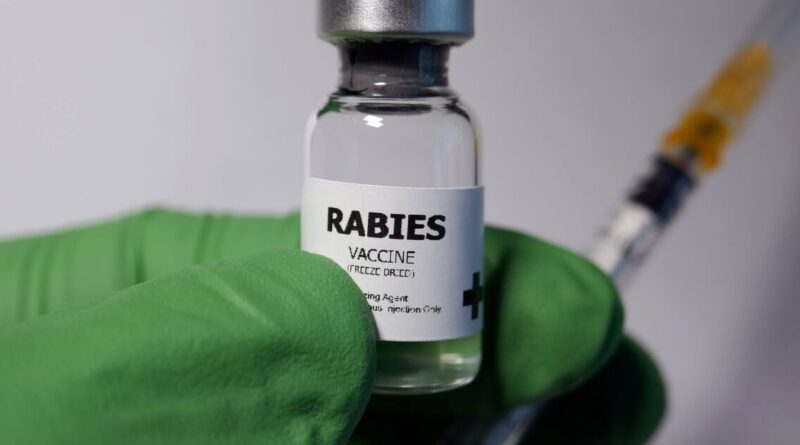Rabies hotspots: Where you’re most likely to be infected | UK | News
A tragic case has emerged where a British national has succumbed to rabies following a bite from a stray dog in Morocco, prompting urgent warnings from the UK Health Security Agency (UKHSA). UKHSA advises travellers to remain cautious around animals in countries where rabies is widespread.
The deadly virus is transmitted through wounds like bites and scratches from an infected creature. If treatment for exposure starts early, it’s highly effective.
The woman’s diagnosis occurred in Yorkshire and The Humber, subsequently leading to health professionals and those in close contact with her being assessed and vaccinated as a precaution. Dr Katherine Russell, head of emerging infections and zoonoses at the UKHSA, sought to alleviate concerns about the infection’s spread.
“There is no risk to the wider public in relation to this case,” assured Dr Russell. “Human cases of rabies are extremely rare in the UK and worldwide there are no documented instances of direct human to human transmission.”
Rabies still claims thousands of lives annually, particularly in Asia and Africa, where these regions account for 95 per cent of global human rabies deaths. Alarmingly, children makeup 40 per cent of those who die from the disease, reports the Mirror.
Contributing factors to rabies’ prevalence in Asia and Africa include poor vaccination schemes, poverty-driven inaccessibility to healthcare, and a large population of unvaccinated stray dogs. Here we delve into the troubling statistics across the globe….
Asia.
Rabies incidence is typically higher in South Asia. Countries such as India, which has a high number of fatalities from the illness, Pakistan and Bangladesh, are among the worst affected.
Several African countries are also plagued by a high incidence of the illness in rural areas, often spreading among canine populations. Regions of Eastern and Western Africa are deemed to be high-risk areas for infection.
Nations such as Ethiopia, Burundi, and Rwanda, have been identified as being especially prone to the disease.
Other Regions Affected.
Despite lower rates of infection in Europe and North America, certain areas and animal populations carry the disease. Vectors of the disease in the Americas are typically bats.
Meanwhile, Eastern European sporadic outbreaks often originate in red fox populations. While the UK has rabies-free animal populations, a handful of bat species can still transmit a type of virus similar to rabies.
Between 2000-2024 six infection cases from exposure elsewhere were documented.
Therefore, WHO representatives warn those planning to travel to hotspots should remain vigilant for possible risks and understand how best to respond to contact with potentially rabid animals. Dr Katherine Russell urged caution, saying: “If you are bitten, scratched or licked by an animal in a country where rabies is found then you should wash the wound or site of exposure with plenty of soap and water and seek medical advice without delay.”





